The menstrual cycle, also known as your period, is a series of monthly hormonal changes that your body goes through to prepare for pregnancy. A cycle is counted from the first day of your period (bleeding) to the first day of the next period. The average menstrual cycle is 28 days long. However, cycles can range anywhere from 21 to 35 days in adults and from 21 to 45 days in young teens.
The average 28-day cycle will work like this:
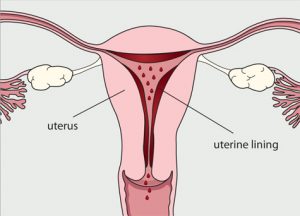
Day 1 starts with the first day of your period. This occurs after hormone levels drop at the end of the previous cycle, signaling blood and tissues lining the uterus to break down and shed from the body.
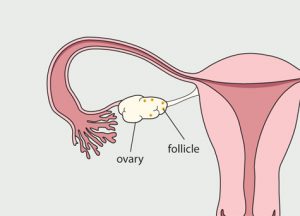
Usually, by Day 7, bleeding has stopped. Leading up to this time, hormones cause fluid-filled pockets called follicles to develop on the ovaries. Each follicle contains one egg.
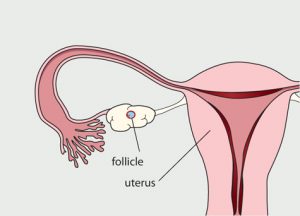
Between Day 7 and Day 14, one follicle will continue to develop and reach maturation. The lining of the uterus starts to thicken, waiting for a fertilized egg to implant there. The lining is rich in blood and nutrients.
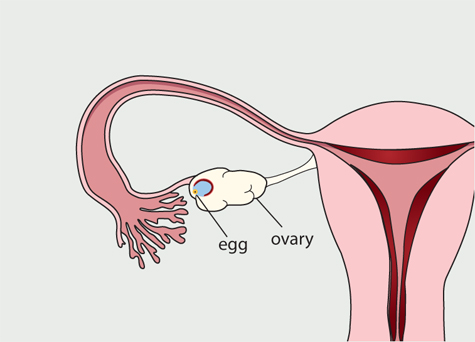
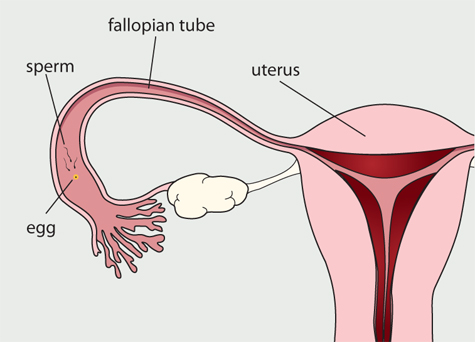
Around Day 14, hormones cause the mature follicle to burst and release an egg from the ovary, a process called ovulation. Over the next few days, the egg travels down the fallopian tube towards the uterus. THIS IS THE TIME IN THE CYCLE WHERE YOU ARE ABLE TO BECOME PREGNANT. If a sperm unites with an egg, the fertilized egg continues down the Fallopian tube and attaches to the lining of the uterus.
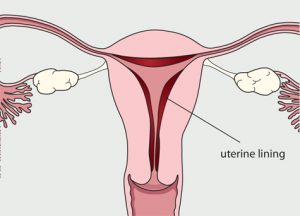
If the egg is not fertilized, hormone levels will drop around Day 25. This signals the next menstrual cycle to begin. The egg will break apart and be shed with the next period.
